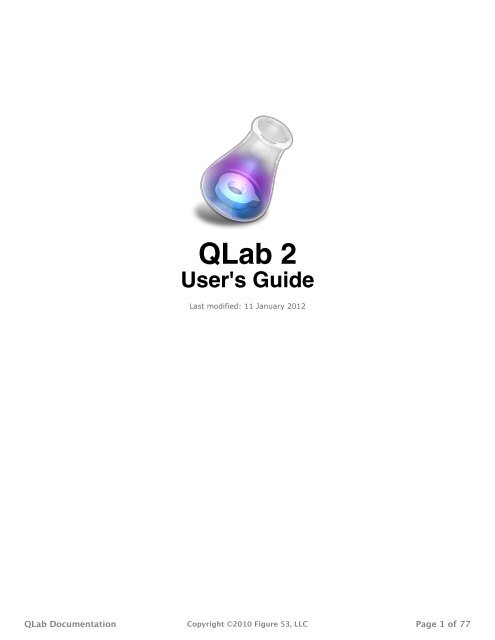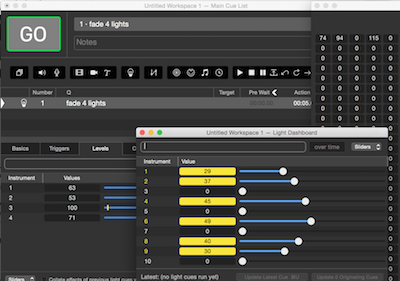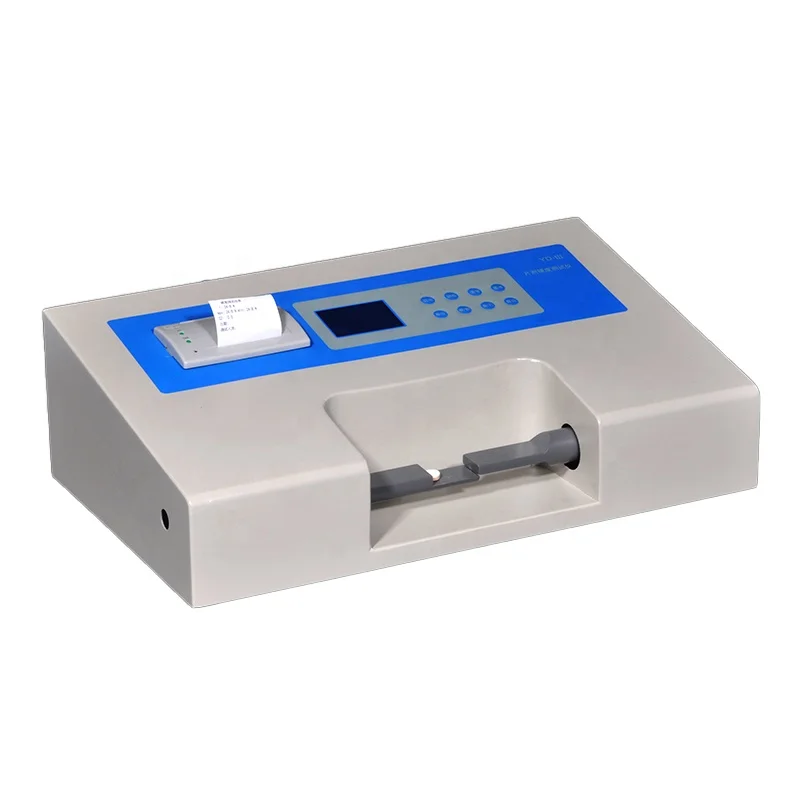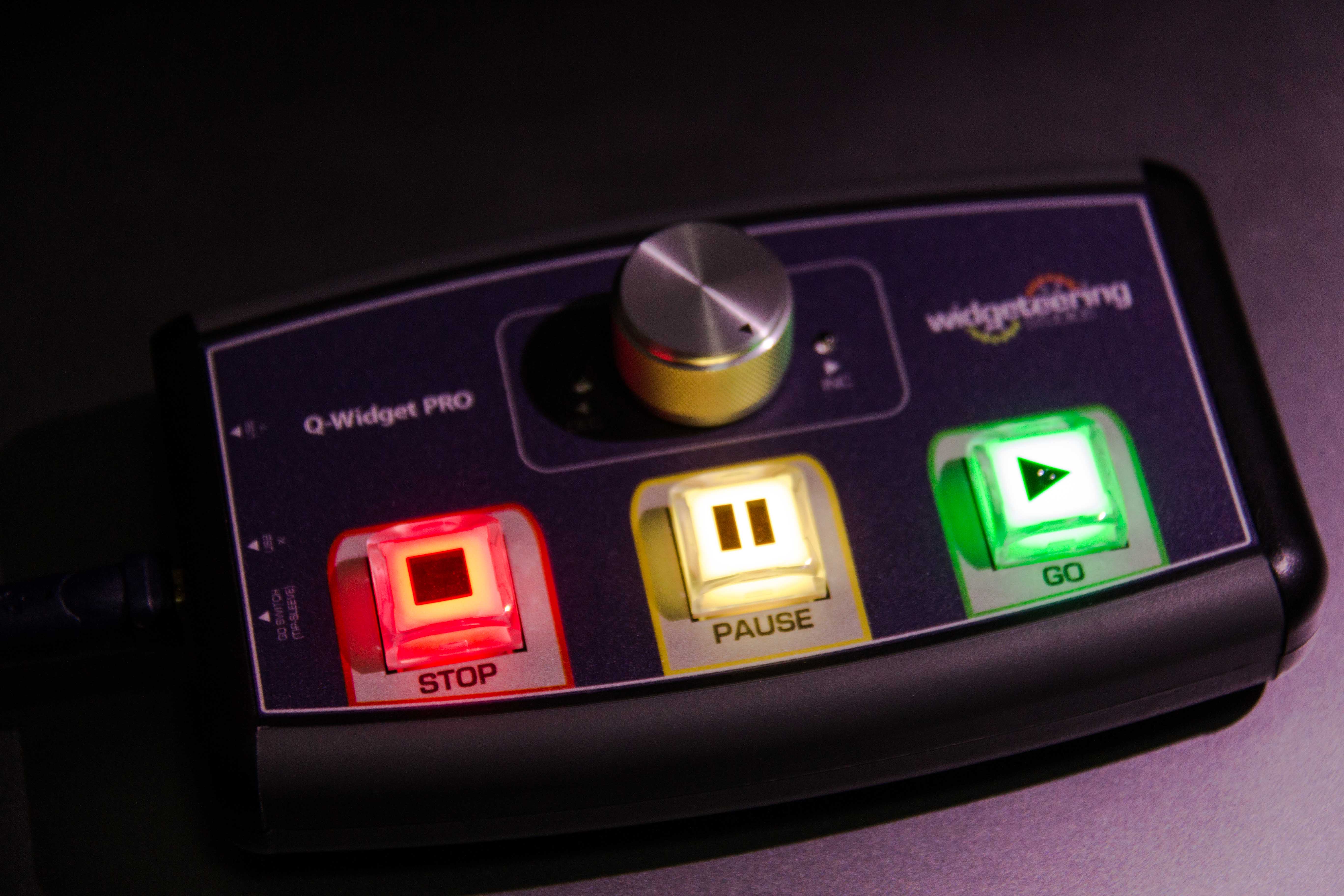

- #Convert qlab 4 to qlab 3 update
- #Convert qlab 4 to qlab 3 Patch
- #Convert qlab 4 to qlab 3 pro
- #Convert qlab 4 to qlab 3 code
- #Convert qlab 4 to qlab 3 license
If you are not using the device via USB, make sure your network configuration works. That did the trick, even though tech support said it should not have made a difference.
#Convert qlab 4 to qlab 3 update
After Tech Support and I exhausted possibilities, we decided to update the software on the device.

Start Time: Timecode is based off of a 24 hour time with hours, minutes, seconds, and frames as devisions of time. 24 frames is a bit trickier when I want to do certain divisions of time (this is just the math in my head- no actual complicated mathematical stuff), so 30 fps it is. I pick 30 fps non-drop because it’s the easiest for me to work with. I’m using 1+2 for the stereo output for the music playback, so channel 3 is for the LTC output.įramerate: Frames are how Timecode divides each second.
#Convert qlab 4 to qlab 3 pro
I have a Saffire Pro 40 (overkill and too complicated to easily recommend to many), so I have selected that.Ĭhannel: The output on the device you wish to use. Type: You want to select LTC here, since that’s the protocol we are using.ĭestination: You can choose from multiple audio interfaces if you have them (for instance, built in audio and the Peavey device I mentioned earlier). A lot of decisions happen here, so let’s go through it. Select the Timecode cue, go to Settings for that cue. Next, look for the clock icon in QLab that represents a Timecode cue and drag it into the Group cue as well.īy default, QLab is going to assume a Midi timecode cue. We want this so Qlab will start our playback file (for the dancers in our example) and our Timecode file (for the console) at the same time.ĭrag in any music file you want to use for your music playback/dancers. Select the Group cue, go to Mode and Select Timeline- Start all children simultaneously. Over in Qlab, we are going to drag in a Group cue. If you are connecting through USB, make sure USB MIDI/SMPTE is enabled as well.
#Convert qlab 4 to qlab 3 code
On the console, go to Setup>System Settings>Show Control>SMPTE and make sure at least SMPTE Time Code RX (RX=receive) is enabled. Connect your Response Gateway to a POE network switch connected to the console or connect the Gateway via USB.
#Convert qlab 4 to qlab 3 Patch
We will start in the EOS Family Level 4 Complete show file (found on ) to bypass the need to patch and write cues.

You can connect the Response Gateway via network cable (with Power Over Ethernet) or you can connect via USB. You can actually build this project without a licenses (and save it) but you can’t reopen it without a valid license.
#Convert qlab 4 to qlab 3 license

My use-case situation is a dance recital, which will want recorded playback of music as well as output for LTC. A reader asked if there was a way to do LTC via network and QLab strongly recommends against such a thing since a typical network is filled with interruptions to a perfect data flow that will make synchronizing very frustrating or impossible. If you want LTC (Linear Time Code), you must have dedicated ETC hardware such as this or the older Show Control Gateway. But if you can source them, I promise that LTC is worth the fuss. There are items needed for this project that are not always easy to get ahold of. This time, we will explore sending LTC Timecode from QLab to EOS to trigger cues. Welcome back to the second in my little series of linking Qlab and EOS.


 0 kommentar(er)
0 kommentar(er)
